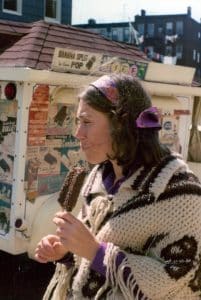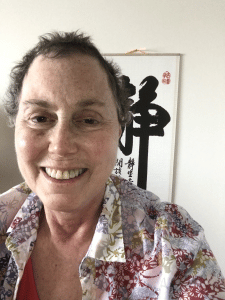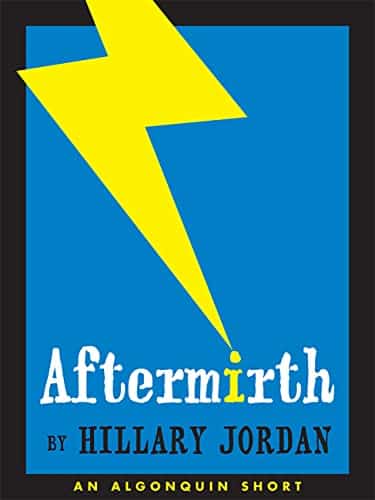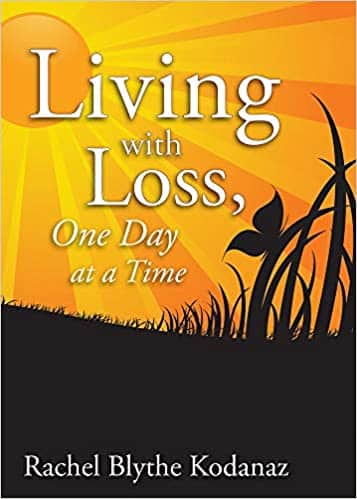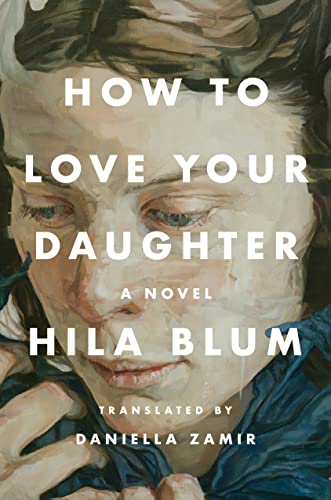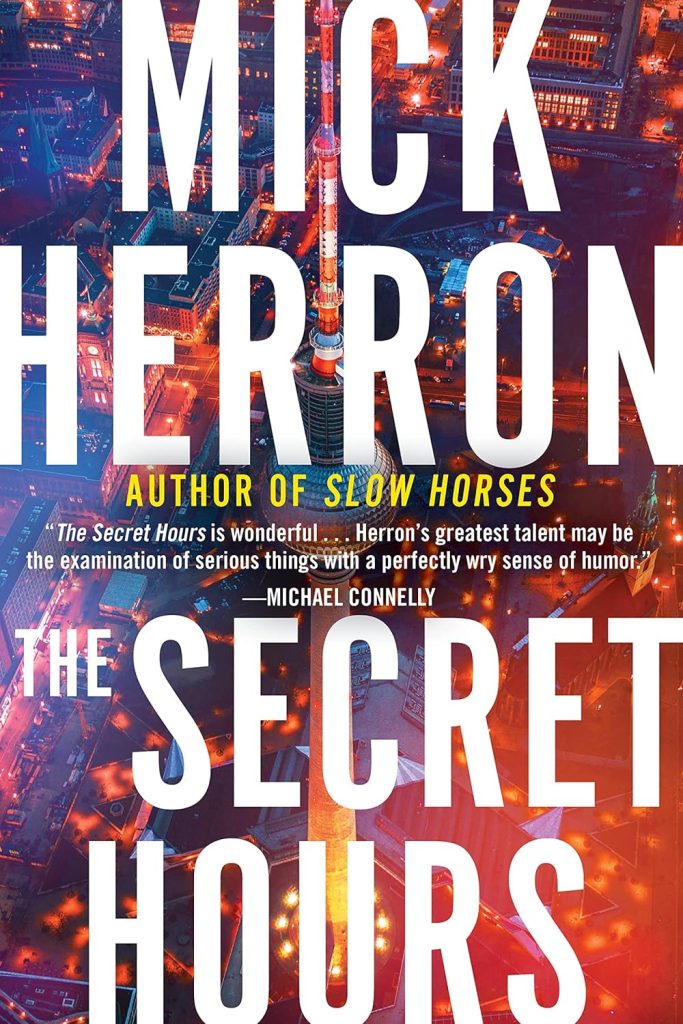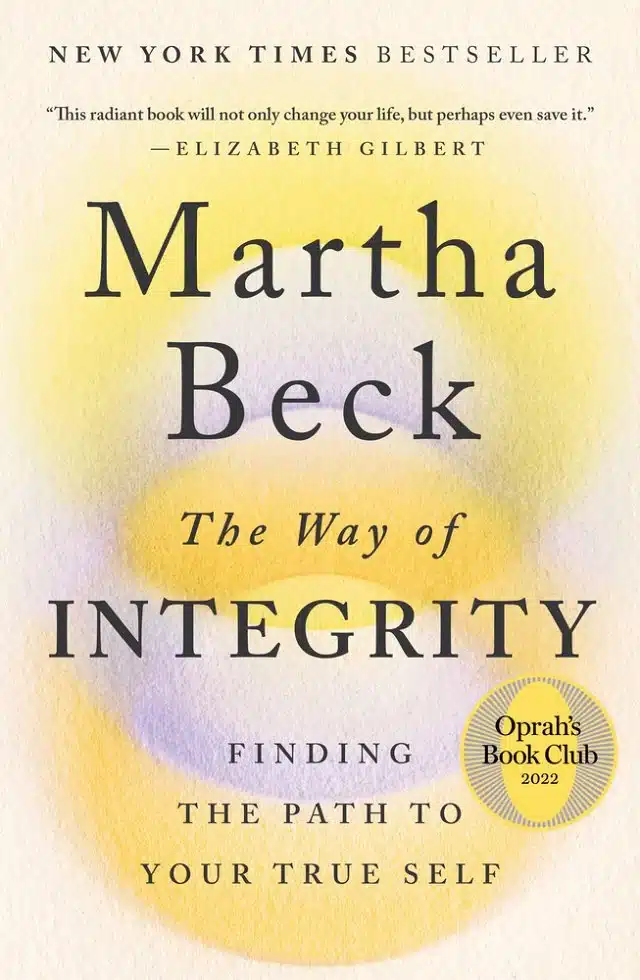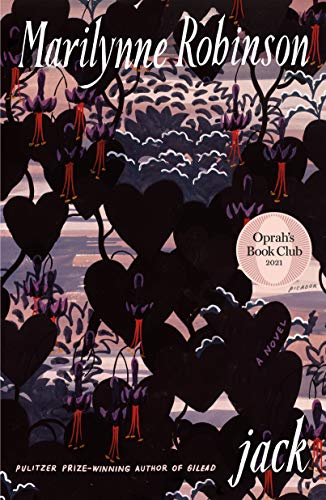A Day of Fear and Hope
Estimated reading time: 10 minutes, 30 seconds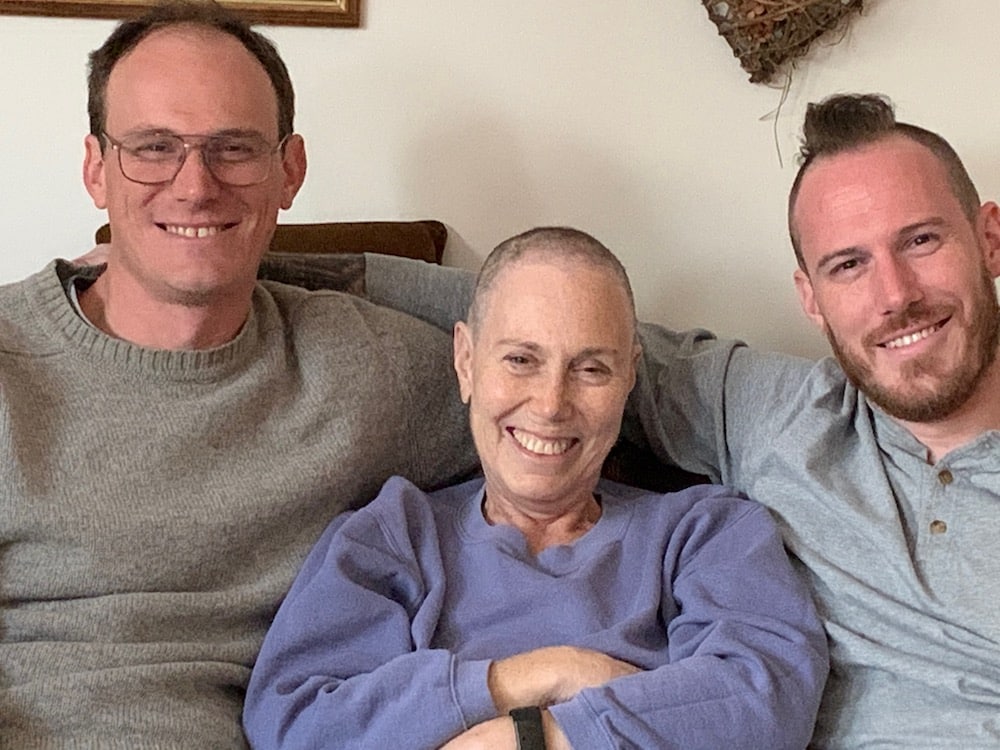
April 2, 2021, The Day
I Almost Lost Jan!
Following numerous sleepless nights, I experienced an overwhelming sense of mental and physical exhaustion. My body was weary, and I could not provide my wife, Jan, with the necessary assistance to get to the bathroom. The constant strain had also left my back in excruciating pain. Although the county police had been kind enough to aid us overnight, Jan was reluctant to seek help from our son, Mike. Faced with no other option, I took the initiative to contact Mike without seeking Jan’s approval.
When Mike and Elyssa arrived, they immediately expressed concern for their mother’s well-being. “Mom, are you okay? We’re here to help you,” they said in unison. I quickly fetched a wooden chair with no-scrape patches nearby, as the physical therapist had previously used it for exercises. This chair might be helpful for you to get to the toilet,” I suggested to their mother, hoping to provide some comfort and assistance during this difficult time.
They helped her into the chair and smoothly glided across the polished wooden floor like an iceboat. “Her urine is full of blood,” Mike said.
As Elyssa desperately needed assistance, I quickly informed her that the visiting nurse was scheduled to arrive in a few hours. However, she could not wait that long and exclaimed, “We need her now.” Without wasting any time, I handed her my iPhone and showed her the number for the visiting nurse. Elyssa swiftly stepped into the hallway to make the call, her face etched with worry and anxiety.
As I winced in pain, I received some good news: the Visiting Nurse was on her way. Even though she had an appointment, she rescheduled it so she could come immediately. I expressed my gratitude to Elyssa and gently rubbed my aching back. She asked if I wanted to sit down, but I mustered the courage to refuse and attempted to alleviate the discomfort by taking a few steps.
Mike rushed downstairs to answer the door as my iPhone rang through the house. It was the visiting nurse who was here to check on my health. “Ms. Lilien, let me take your vitals,” she said. As she worked, I felt a sudden, alarming tightness in my chest, causing me to gasp for air. For a moment, it seemed as if my very breathing had stopped.
As the nurse relayed Jan’s vital signs, her voice was urgent. “The patient’s blood pressure is dangerously low at 70 over 40, and her temperature is above 100 degrees Fahrenheit. Additionally, there is visible blood in her urine, indicating internal bleeding. Given these concerning symptoms, she must be hospitalized immediately to receive prompt medical attention.”
I reached for my iPhone urgently, knowing I had to contact her Oncologist immediately. With trembling fingers, I dialed his number and waited anxiously for him to answer. To my relief, Dr. Strair picked up on the first ring, and I immediately placed him on speakerphone. As I gave him a summary of the situation, the nurse provided the necessary details calmly and professionally, her voice steady despite the gravity of the situation. Together, we worked to ensure that Jan received the care she urgently required.
Dr. Strair‘s question was like a sudden bolt of lightning that illuminated the room. His words hung heavily in the air, punctuated by my racing heartbeat. “I agree she should go to the hospital,” he said, “but do you know what is in her advanced directive? You should read it and know what to do, as you might need to use it.” His tone was severe, and I could sense the gravity of the situation. My body shook uncontrollably as he spoke like an earthquake had torn our apartment. The thought of losing Jan, my everything, was almost too much to bear.
The nurse requested an ambulance. “Jan, going to the hospital is necessary,” Elyssa assured her.
Overlook Hospital
As we pulled into the hospital’s parking deck, I thanked Mike for driving me. I then requested his help reaching out to my family and friends, explaining that I couldn’t make the calls myself. “Can you and Jon make the calls? I can text you all the necessary details,” I asked. Mike kindly agreed, and I felt relieved knowing that my loved ones would be notified of my situation.
“Only one of you can stay,” said the triage nurse. Mike and Elyssa hugged me and left. I paced the narrow hallway, having not slept in forty hours.
“I wasn’t aware that she had COVID,” said the triage nurse. “I’m sorry, but you cannot stay here.”
“It’s important that you call Dr. Strair,” I said as I quickly jotted down his name and phone number on paper.
“Don’t worry. I’ll contact the doctor immediately,” the nurse replied.
“What about the bag that I brought with me?” I asked.
“I’ll make sure to deliver it to her,” assured the nurse.
I stumbled out of the emergency room and sent a text message to my sons, informing them that I could not stay with her. I was worried if I would ever see her again.
After getting into the car, I called Rabbi Renee. Through my tears, I told her that Jan was in the ER and that she was very sick. The Rabbi asked for more information about what had happened, and I updated her as best as possible.
She assured me that she would update everyone at services that night and asked if there was anything she could do to help. I replied that I just needed Jan to stay alive and that any prayers for her recovery would be greatly appreciated.
As Jan’s Prius glided smoothly towards our home, I couldn’t help but feel a sense of relief that my wife was safe and unscathed. However, my mind was still preoccupied with the thought that I had almost lost Jan by delaying my call for help from my son. Our marriage had always been based on equality, but I now realized that my reluctance to take charge had almost cost us dearly.
I couldn’t help but think of the pizza dough I had seen tossed into the air earlier in the week. It was a perfect analogy to how I had been indecisive, unsure of what to do, and had let the situation spiral out of control. I had waited too long, not wanting to be seen as a man who made decisions for his wife, but in the end, it almost resulted in a tragedy.
Sitting in the passenger seat, I pondered my actions and inactions. I knew I had made a mistake by not calling for help earlier, but I also knew I had learned from my mistake. I had to be more decisive and proactive and not let my pride get in the way of doing what was right. Next time, I would know what to do and be ready to take charge if the situation demanded it.
After parking the car, I messaged my sons, family, and close friends to inform them of the situation.
Jan is currently at Overlook Hospital, and I just spoke to the emergency room physician. According to him, she is in critical condition with a blood pressure reading of 70 over 40 and a temperature of 100. Due to her ongoing battle with Covid, I could not stay with her. She will be admitted to the ICU, and I will keep you updated on her condition as I receive more information.
Friday, April 2, 4 PM
After almost 48 years, I recently lost my wife, Jan Lilien. Like The Little Prince, Jan and I believed that “The most beautiful things in the world cannot be seen or touched, they are felt with the heart.” This blog is a collection of my random thoughts on love, grief, life, and all things considered.


